Embarking on a workout without a proper warm-up is like starting a car on a cold winter morning without letting it idle for a few minutes. It might still move, but the risk of damage is significantly higher. In the realm of fitness, a warm up is the ignition key that prepares your body for the physical demands of exercise, helping you perform at your best and reducing the risk of injuries. In this blog post, we’ll delve into the compelling reasons why warming up should be a non-negotiable part of your fitness routine.
What is a warm up?
A warm-up is a set of activities performed before engaging in strenuous physical exercise. Its primary purpose is to gradually increase the heart rate, boost circulation, and elevate the body temperature. This gradual progression from rest to activity helps prepare the body for more intense physical exertion. Warm ups typically include light aerobic exercises, dynamic stretching, and sport-specific movements.
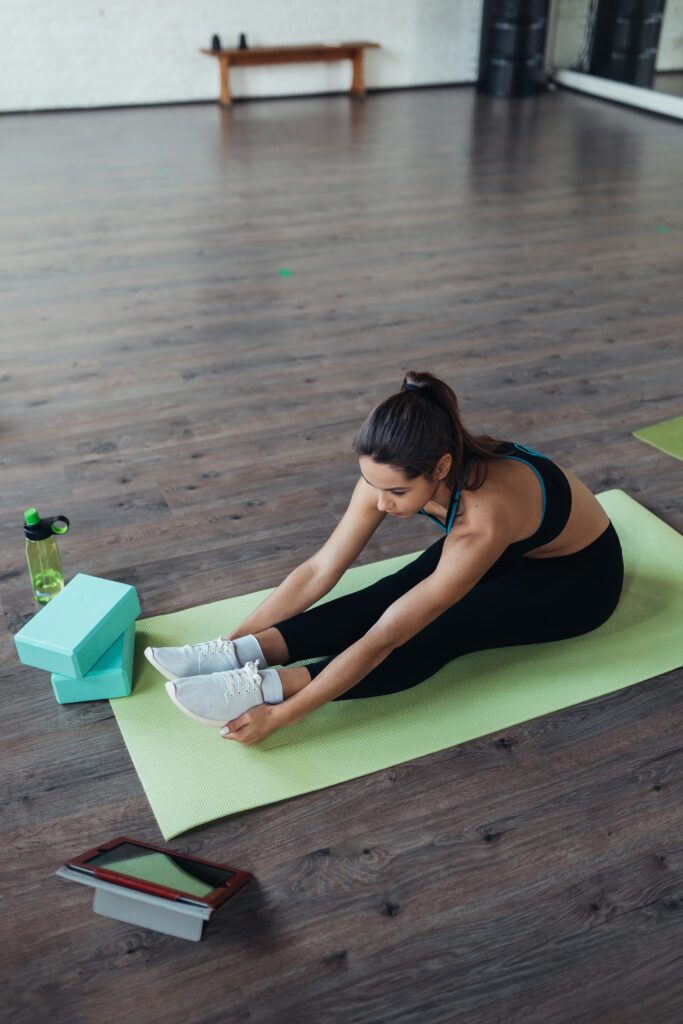
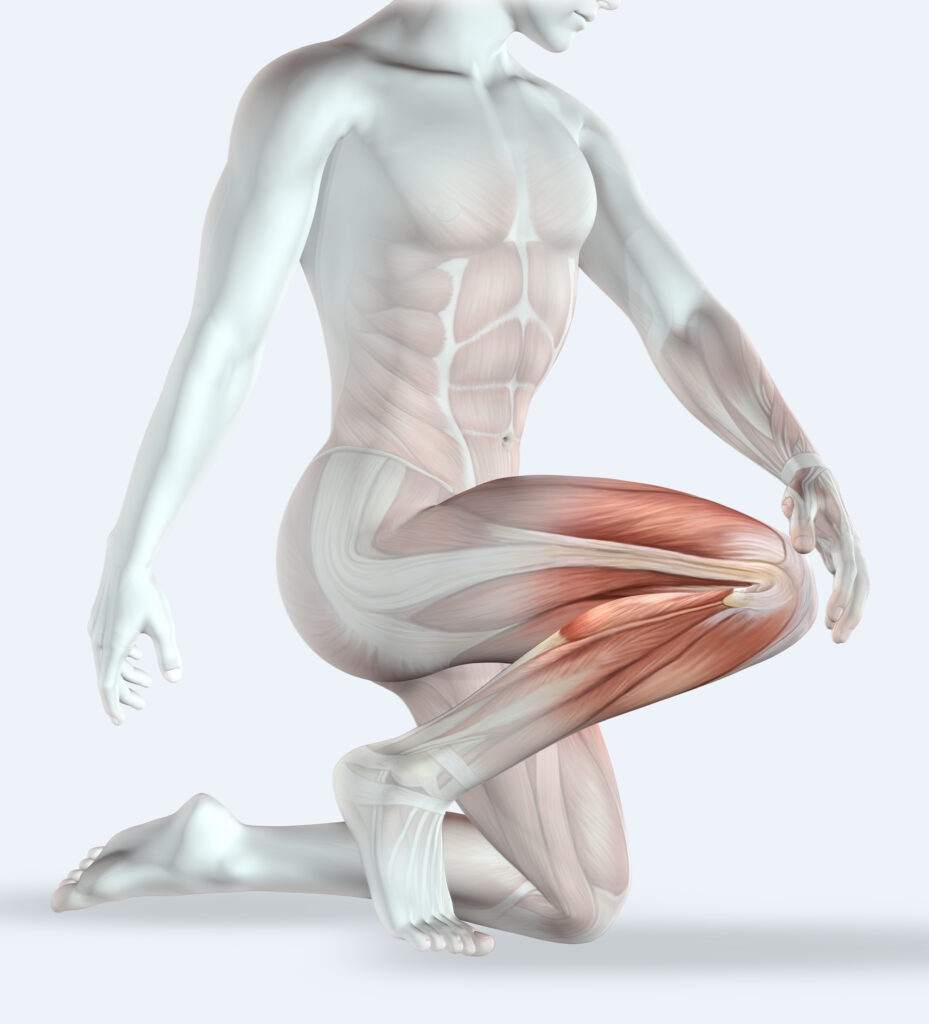
Prime your muscles for action
When you engage in a workout, your muscles need to be ready for the increased activity. A proper warm-up gradually increases your heart rate and circulation, delivering a surge of oxygen and nutrients to your muscles. This prepares them for the impending exertion and enhances their ability to generate force. Think of it as flipping the switch to activate your muscles, ensuring they are firing on all cylinders.
Increased flexibility and range of motion
A well-designed warm-up includes dynamic stretching, which helps improve flexibility and range of motion. This is crucial for activities that require a full range of movement, such as weightlifting, yoga, or playing sports. Improved flexibility not only enhances performance but also reduces the risk of muscle strains and joint injuries.
Boosted blood flow and oxygen delivery
As your heart rate increases during a warm-up, your blood vessels dilate, allowing more blood to flow to your muscles. This increased blood flow delivers oxygen and nutrients, which are essential for optimal muscle function. The improved oxygen supply enhances energy production and delays the onset of muscle fatigue, allowing you to sustain your efforts for longer durations.
Prevention of injuries
One of the primary reasons for incorporating warm ups into your fitness routine is injury prevention. When the body is subjected to sudden, intense physical activity without adequate preparation, the risk of injury significantly rises. A proper warm-up allows muscles, tendons, and ligaments to become more pliable, reducing the likelihood of strains, sprains, and other injuries. This is particularly crucial for individuals engaged in activities that involve repetitive or high-impact movements
Mental preparation
Physical performance is not only about the body; it’s also about the mind. A warm up provides a mental transition from the sedentary state to an active one. It allows you to focus on your workout, enhances coordination, and sharpens your reflexes. This mental readiness is particularly important for activities that require agility and quick reactions.

Gradual heart rate increase
Rapidly elevating your heart rate without preparation can place undue stress on your cardiovascular system. A gradual increase through a warm-up allows your heart to adjust to the increased demand for oxygen and nutrients, preventing sudden spikes in blood pressure. This is particularly important for individuals with pre-existing heart conditions.
Tailoring the warm up to your activity
Different activities place varying demands on the body. A tailored warm-up can address the specific needs of your chosen workout. For example, a warm up for weightlifting might include light resistance exercises to activate the muscles, while a warm up for running could involve dynamic stretches and a light jog to increase heart rate gradually.
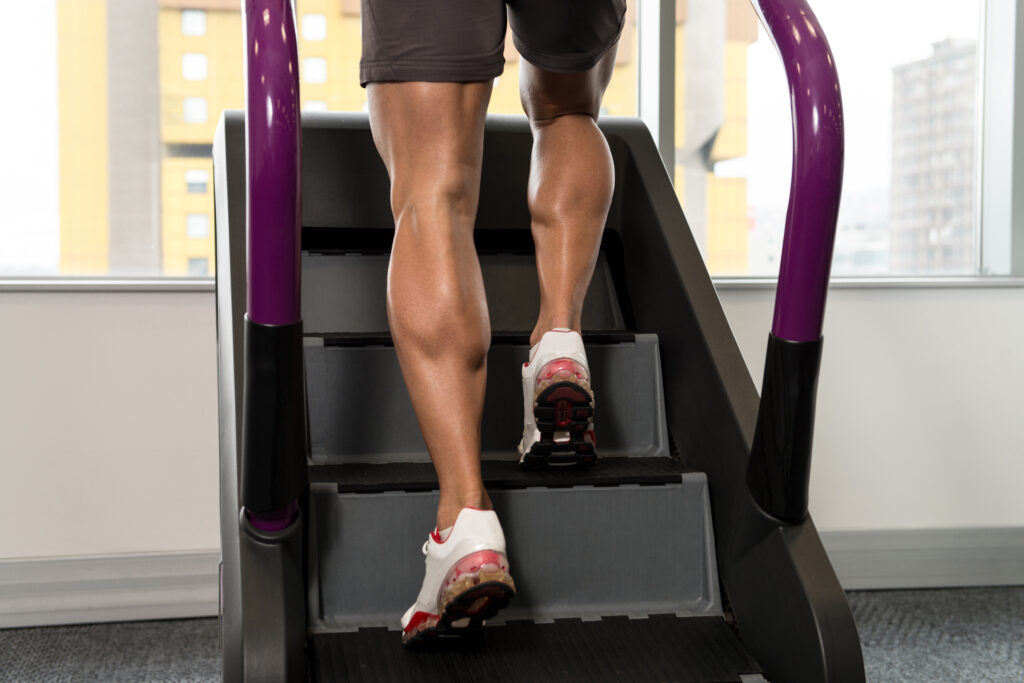
Start with cardiovascular warm up:
Begin your warm-up with 5-10 minutes of light cardio to increase your heart rate and circulation.
Dynamic stretching:
Move on to dynamic stretching, focusing on movements that mimic your upcoming workout. Perform each stretch for 10-15 seconds to enhance flexibility.

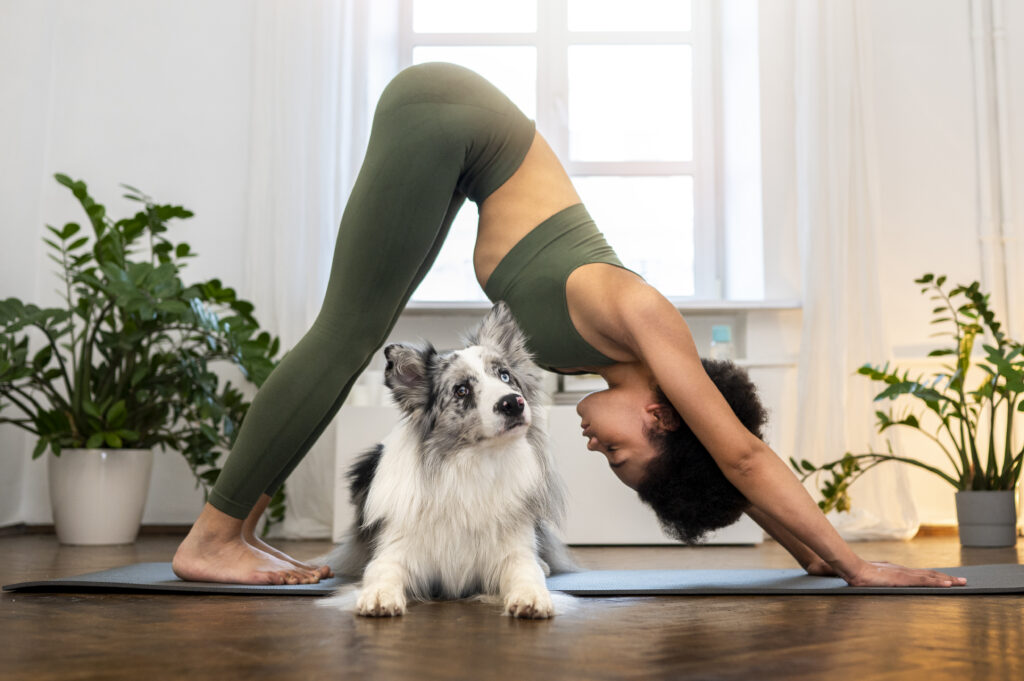
Joint mobility exercises:
Dedicate 5-7 minutes to joint mobility exercises, targeting areas such as the shoulders, hips, and ankles.
Muscle activation:
Perform 2-3 sets of bodyweight exercises that activate the major muscle groups you’ll be working. Aim for 10-15 reps of each exercise.
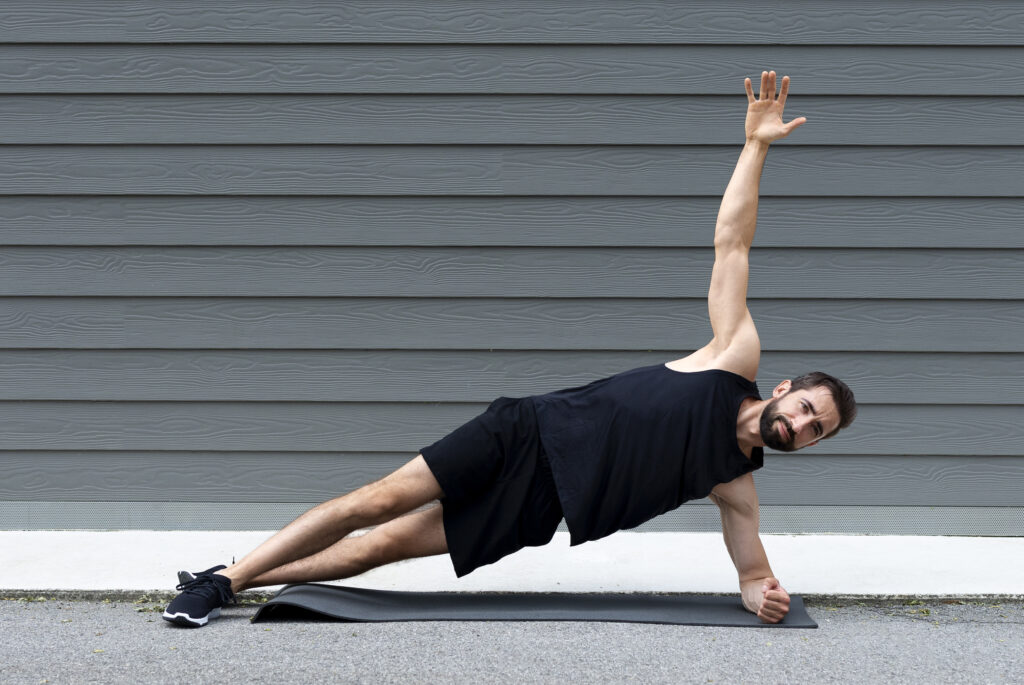
In the realm of fitness, a warm up is not a luxury; it’s a necessity. By taking the time to prepare your body for the physical demands of exercise, you’re not only enhancing your performance but also safeguarding yourself against potential injuries. Whether you’re a seasoned athlete or a beginner, make the warm up a non-negotiable part of your fitness routine. It’s the key to unlocking your body’s full potential and ensuring a safe and effective workout every time.
Transform your TV into your personal gym!

Fit at Home is your NUMBER ONE fitness app for the whole family! With more than 500 workouts you can workout in front of your TV whenever it suits you. Fit at Home is here to help you achieve your fitness goals. Whether you want to lose weight, improve your balance with Pilates, build strength, keep exercising during your pregnancy etc.